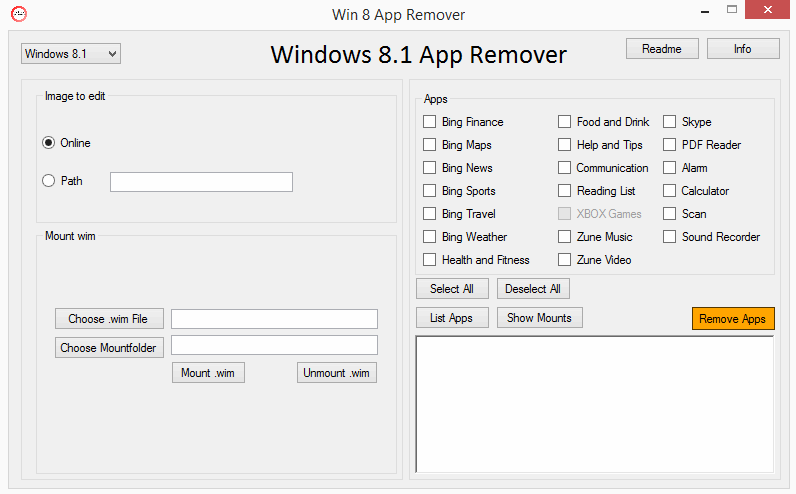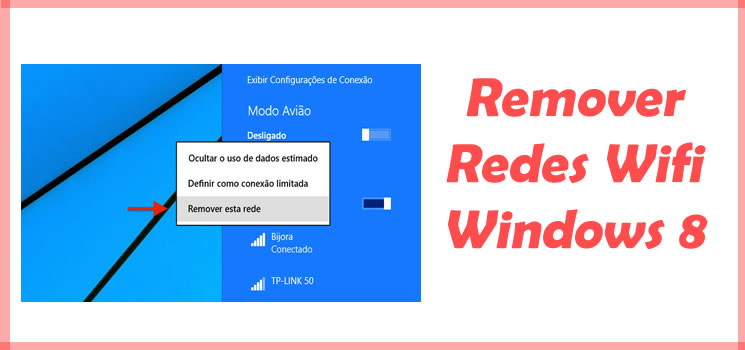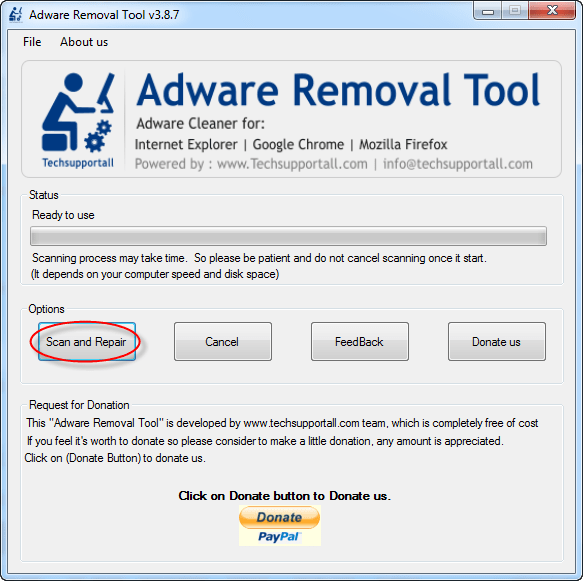

When it fails to find one, it tells the user-mode PnP manager about that device using its DIID.


My information comes courtesy of the terrific Microsoft Press book Windows Internals (7 th edition in 2 volumes, as of this writing). These are purpose-built to announce themselves to Windows so that it can assist in finding a device driver to use, if not always the latest and greatest instance. For this discussion, I'll stick to so-called Plug and Play (PnP) devices. This is actually quite a fascinating process and involves a lot of behind-the-scenes action in Windows. What happens when you install a Windows driver? In fact, the Intel DSA is spectacularly good at adding to driver bloat, as you’ll see later in the story.Īll those unnecessary drivers eat up storage space and may slow down your system, so it’s good PC maintenance practice to clear out the driver cruft. Thus, while every driver update tool that I know of helps keep drivers up to date, they do nothing to relieve driver bloat.

Neither vendor-specific nor vendor-agnostic update tools remove old drivers as they cheerfully add new ones. The Intel and Nvidia offerings concentrate on devices they make, whereas general-purpose driver update tools check all of them and point you at drivers in need of updating, with varying degrees of help and support in getting them installed. Those who pursue driver currency more vigorously may also use tools like the Intel Driver & Support Assistant (DSA), Nvidia’s GeForce Experience (which checks Nvidia graphics, sound, and 3D drivers), or general driver management tools such as ioBit’s Driver Booster or the SourceForge Snappy Driver Installer project to check and update drivers on Windows 10 or 11 PCs. Even on systems where drivers aren’t rigorously maintained, Windows Update will typically update at least a dozen drivers annually. Over time on Windows systems, it’s inevitable that old device drivers get supplanted by new ones.


 0 kommentar(er)
0 kommentar(er)
